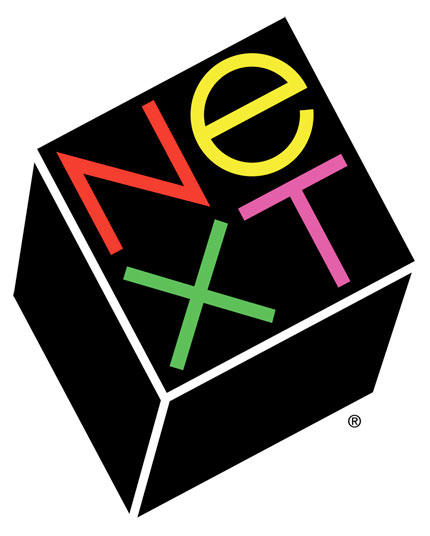
Prominent designer and artist, Noah Scalin, said that “design is meant to be understood, while art is meant to be interpreted.” It’s something that has stuck with me for a while now, as it’s so easy to teeter between the two when you’re a creative professional.
Crossing between business and art, designers often find themselves on varying ends of that spectrum. The level of creativity involved in our jobs makes discussing the value of our work a pretty sensitive subject. This is why a conversation between designers Pat Dryburgh, Tom Creighton and Geoff Teehan caught my attention.
The topic at hand: How do you put a value on design?
A designer’s purpose is to solve a problem, and after assessing that problem, it’s easy to see why a client would only pay for your solution. Tom Creighton believes “you should be charging for your output, not your time.” Pat Dryburgh, however, takes a very different direction, arguing that “design is not a deliverable.” He charges by time, but factors value into the cost of that time.
So how important is time when it comes to results? If you can solve a problem in minutes is it less valuable than if you spend months? Since a project’s duration is almost impossible to accurately predict (unexpected factors often come up during the process), it makes quite a lot of sense for designers to charge by time.
Does time matter?

If we all charge by time though, will some designers end up taking longer on a project with complicated solutions? Geoff Teehan argues for outcomes, not deliverables. “Otherwise,” he says, “your incentive is to build stuff, when in fact, a simpler solution may exist.”
Like everyone else, a working designer has to make a living and money is always a factor. It’s noble to think that creatives only work so they can make more, great designs, but that is not always going to be the case.
Aside from the designer, time doesn’t play much of a role in the perceived quality of work. You’re never going to find designers admiring someone else’s work because it took a ton of time. A design is great because it solves a problem so well — better than you’d ever think possible. This is why charging just by time is dangerous, since great work often just happens. Clients don’t usually care about how long it takes either, they care about results.
It all depends
Once again, there is another side to the argument, because all of our time has value. As Pat Dryburgh notes, problems don’t just exist in a vacuum. “You diagnose, begin to solve, then something changes. How do you account for the unknown?”
Charging by time is certainly not for everyone and I don’t believe there is an answer that works for all designers. Inexperienced creatives may be better of charging by-the-project since their inexperience may cause a ton of wasted time. As for the rest of us, it all depends on you.
Paul Rand said to Steve Jobs on the NeXT logo design:
I will solve your problem for you. And you will pay me. And you don’t have to use the solution. If you want options, go talk to other people. But I’ll solve your problem for you the best way I know how. And you use it or not. That’s up to you. You’re the client. But you pay me.
I side with the argument that my time is valuable. Short projects cost me less so they should cost the client less. If you’ve reached your own decision, share it with us in the comments below! If you hate my opinion, feel free to try to sway me.
Get the TNW newsletter
Get the most important tech news in your inbox each week.




